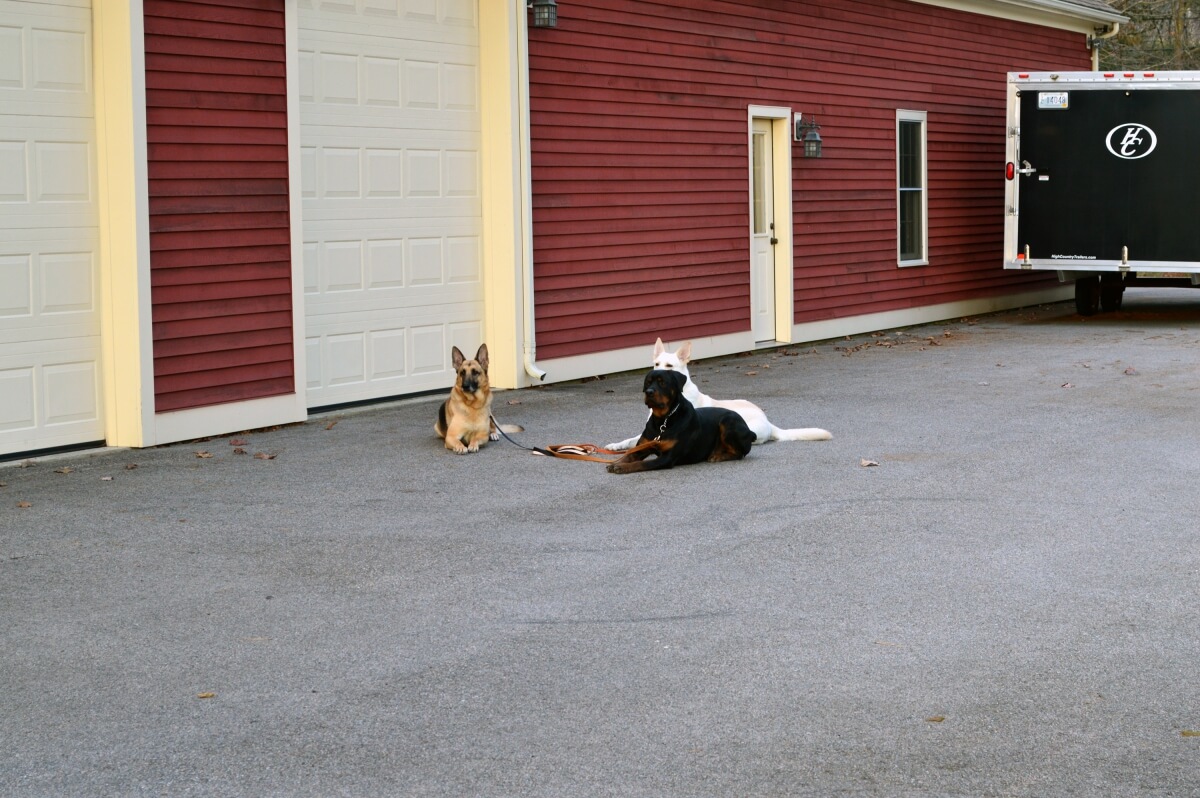
Why I (usually) don't use a prong or e-collar
When people ask me about prong collars or e-collars, I always give a qualified answer. I won’t say they’re evil tools, or that I would never use them, but they’re rarely my first choice. Let me explain my reasoning—and when they might have a place.
You’ve probably seen dog trainers insisting that “purely positive” is the only humane path—and that prong collars or e-collars are inherently cruel or damaging. Nonsensae.
Sure, you can find horror stories. But the truth is: when these tools are fitted and used correctly, they offer clear, quick communication. That gives the dog an opportunity to learn correct choices. They are not magical. Properly fitted and used, they are not automatically abusive. Used improperly, sure—they can hurt. But dismissed entirely? I don’t believe that’s wise.
Proper Fit
For an e-collar to be properly effective, it has to fit snugly enough to maintain contact with the dog's neck thru fur. Similarly, a prong collar must be fitted properly and placed in the correct spot. If everything’s set up well, and used properly, minimal pressure and instant information can be delivered to the dog. However, the necessarily snug and proper fit keep a certain amount of pressure on the dog's neck even when the dog is behaving perfectly.
My preference is that the dog should feel pressure only as a correction or redirection. There should be absolutely no pressure when he's doing the right thing. With proper-fitting prong or electronic collars, there’s always pressure—even if minimal. Instead, I believe the pressure should be completely removed when the dog responds correctly. To me, that is proper disengagement. Disengagement is as informative to the dog as pressure of any kind, and is important if the goal is to have the dog obedient off-leash without an e-collar.
The Best Tool
At the end of the day, I believe the most effective “tool” is who you are to your dog. If you're fair, clear, and consistent, your dog can learn to trust you and training is more productive.
So yes—prong collars and e-collars can be used humanely. But I use them very rarely, in situations where I need to "break through" some dangerous or highly inappropriate behavior immediately, and never for very long. Used correctly, they should quickly become un-necessary.
My goal is always to get to a point where the training, my leadership, and mutual trust between me and the dog are the only "tools" we need. If you want help assessing what's appropriate for your dog, or fitting one safely, I’m here to help.
Who you are to your dog is EVERYTHING.
Shawn Hines
~ Feb 04, 2016
